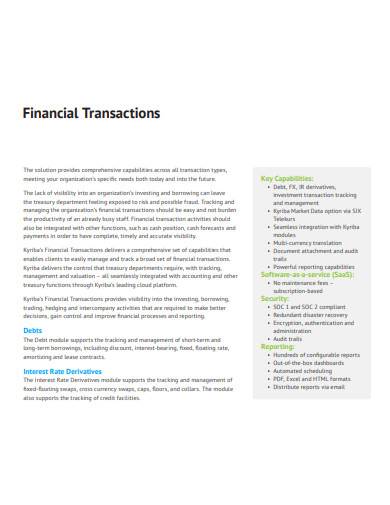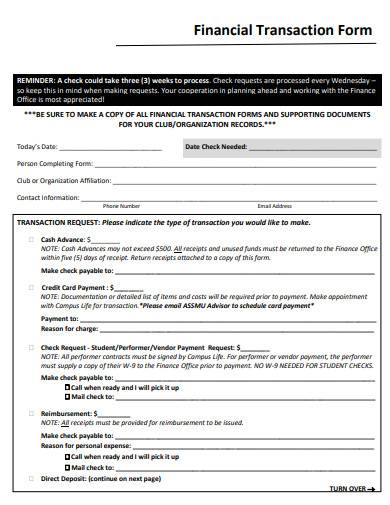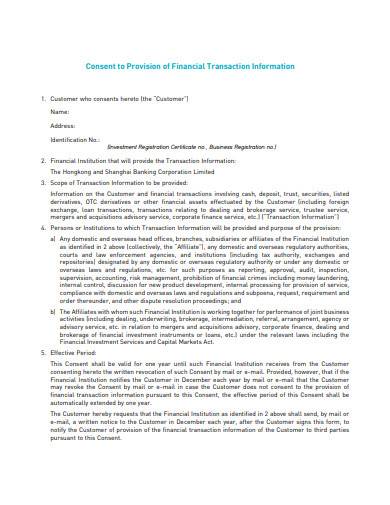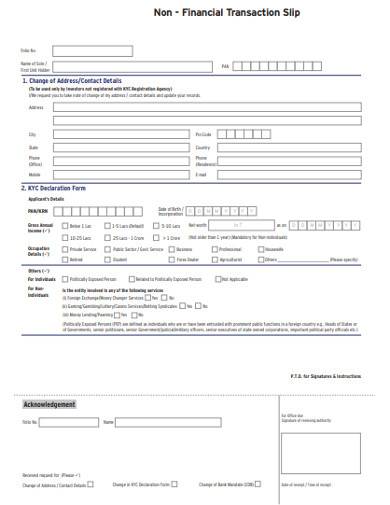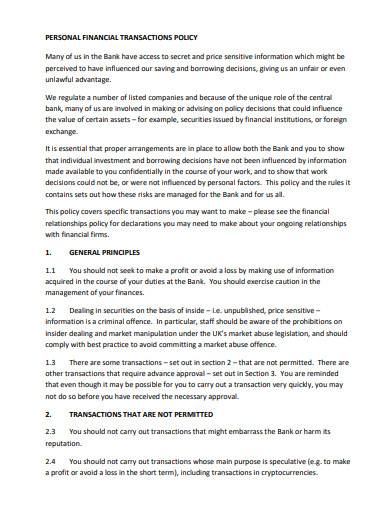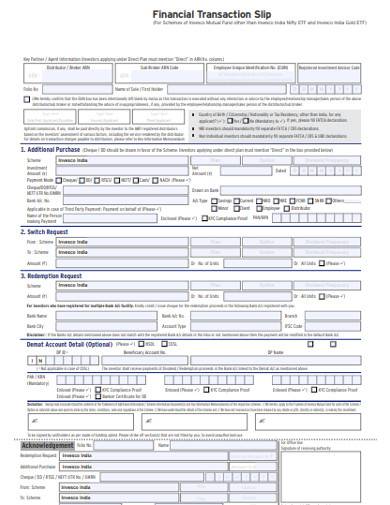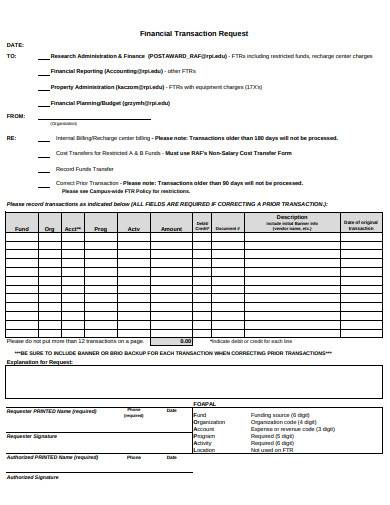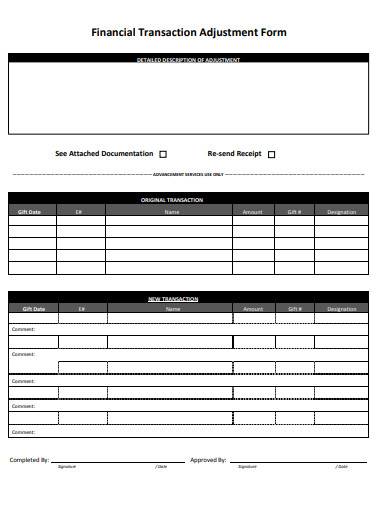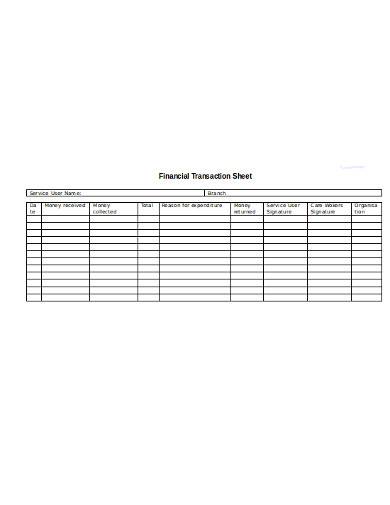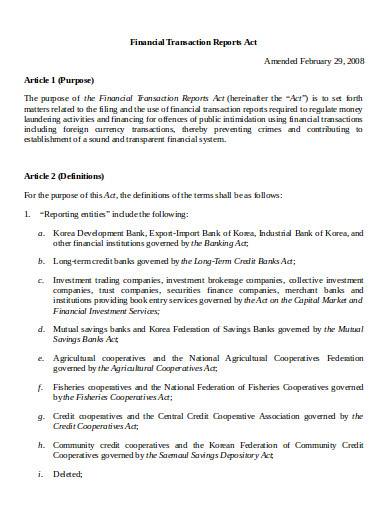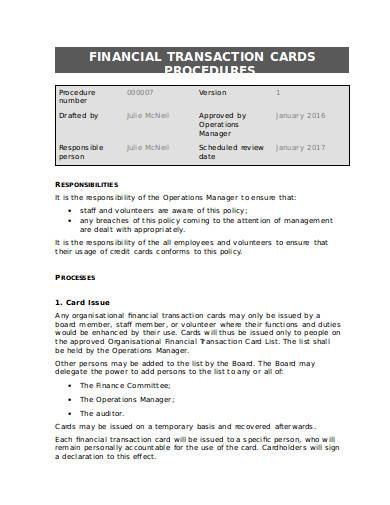Businessperson or not, everyone knows how fickle of a mistress money is. It’s easy to lose her, yet you end up craving and needing her even more when she’s not in the hotel room that’s your wallet. Creepily-accurate analogy aside, most entrepreneurial activities today are measured by the revenue they generate and how they improve your cash flow. As such, it’s best to understand the basics and importance of financial transactions.
What is a Financial Transaction?
If you’ve done any of the following, please raise your hand: have you ever bought anything at your local grocery? Ever gone to the arcade and exchanged your crisp dollar for a couple of gaming coins? Perhaps you signed a purchase agreement for a brand new car or house and lot? If you’ve raised your hand at least once, then congratulations you were involved in a financial transaction. Financial transactions occur whenever money is involved and used in the exchange of goods and services.
In business terms, however, financial transactions must always come with documents that prove its legitimacy. With hundreds of thousands of dollars on the line and the nature of the marketing arena, this is a necessity. In the industry of sales, money is involved with multiple concepts such as benefit and cost, various contract agreements, and multiple types of report papers. As such, understanding financial transactions, through the eyes of a shareholder, means comprehending the various, meticulous documents that come with money.
Money: A Wonderful Servant, A Harsh Mistress
Though verbally passed on since time immemorial, the saying still holds merit to this day. Money is used in our daily endeavors as a means of obtaining goods and services. From small commodities to vivacious events, money has etched itself into our society as a basic need for human survival. However, the problem arises when you no longer have control over your cash.
Nothing brings down a business or life faster than unnecessary expenditures, overuse of credit cards, and bad investments. As a matter of fact, financial management is integral to the success of entrepreneurs and corporations today. When all is said and done, the difference between control over money and money dominating your every action revolves around one constant factor: you.
10+ Financial Transaction Samples
Financial management is, quite surprisingly, more intricate than simply handing dollars to the cashier. It involves multiple documents of various complexity to solidify all transactions. Granted, this can be overwhelming so make good use of these sample templates to assist you in your text writing.
1. Financial Transaction Sample
2. Financial Transaction Form Template
3. Consent to Provision of Financial Transaction Information Sample
4. Non – Financial Transaction Slip Template
5. Personal Financial Transaction Policy Template
6. Financial Transaction Slip Sample
7. Financial Transaction Request Template
8. Financial Transaction Adjustment Form Sample
9. Financial Transaction Sheet in DOC
10. Financial Transaction Report Act Sample
11. Financial Transaction Cards Procedures in DOC
How to Write a Financial Transaction Document
Financial transaction documents are more complicated than what most people give them credit for. From receipts to purchase orders, to bank statements, audit reports, and even financial proposals, the range and variety of text available makes it rather complicated to pinpoint a commonality. Perhaps these general suggestions and guides can help you create your desired financial transaction document.
1. Determine the Nature of the Transaction
As stated before, financial transactions range from simple over-the-counter transactions to financial release forms and monetary agreements. Hence, it’s best to first understand the nature of your current endeavor. Once you know what the situation requires, then you can begin drafting a document to solve your problem.
2. Choose Your Desired Format
To the untrained eye, the difference between financial report and a financial summary is minute. This, however, is not the case as a report is a stand-alone document that meticulously describes the transaction with the use of multiple subheads. On the other hand, a financial summary simply provides a diluted version of a text and may or may not be part of the former. The main point is that there is no single format for every financial transaction, so it’s best to choose the one that best suits your needs.
3. Integrity Is Crucial
What’s the point of documenting a financial transaction if the source is unreliable, shady, and controversial? The worth of your document solely depends on how you protect your credibility. As such, make your integrity is intact and your document contains only factual information.
4. Complete the Transaction
These documents are what either begin, solidify, or complete any financial transaction, so it’s best to get them right. Once the papers are in order and the transaction is considered valid and reliable, it’s time to complete it. Fulfill the final requirements, clean out any loopholes and seal the deal.
From humble everyday tasks to complicated terms and conditions of payment, financial transactions have engraved themselves into our economic and social status quo. However, this is not an excuse to allow these green sheets of glossy paper to rule your endeavors. The last thing you—or anyone for that matter—want is to find yourself in utter bankruptcy because of poor financial transactions.
Related Posts
Weekly Schedule Samples & Templates
Contractual Agreement Samples & Templates
FREE 9+ Amazing Sample Church Bulletin Templates in PSD | PDF
Sample Business Card Templates
Sample Cashier Job Descriptions
Questionnaire Samples
FREE 10+ Sample HR Resource Templates in PDF
FREE 10+ HR Consulting Business Plan Samples in MS Word | Google Docs | Pages | PDF
FREE 49+ Sample Job Descriptions in PDF | MS Word
FREE 16+ Nonprofit Budget Samples in PDF | MS Word | Excel | Google Docs | Google Sheets | Numbers | Pages
FREE 13+ Academic Calendar Templates in Google Docs | MS Word | Pages | PDF
FREE 10+ How to Create an Executive Summary Samples in Google Docs | MS Word | Pages | PDF
FREE 23+ Sample Event Calendar Templates in PDF | MS Word | Google Docs | Apple Pages
Company Profile Samples
FREE 10+ Leadership Report Samples [ Development, Training, Camp ]

